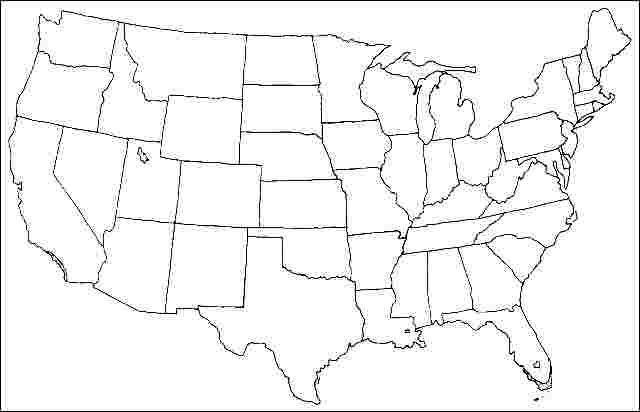Introduction
This wide-spreading, densely-foliated, rounded, 25- to 30-foot-tall, evergreen tree has a short trunk and broad, thickened, leathery leaves, reminiscent of Southern magnolia leaves. The leaves are striking with yellow and green marbled variegations. It is, in fact, greatly admired in Cuba and the Virgin Islands as an ornamental. Leaves can be written on with a fingernail. In summer, the showy, pink and white, 2- to 3-inch flowers appear at night and sometimes remain open all morning on overcast days. They appear near the branch tips and are followed by a fleshy, light green, poisonous fruit, 3-inches in diameter. These persistent fruits turn black when ripe and split open, revealing bright red seeds surrounded by a black, resinous material. The seeds are very attractive to birds and other wildlife and they germinate readily in the landscape and surrounding areas. The black material surrounding these seeds was once used to caulk the seams of boats, hence its common name, 'Pitch Apple'.

General Information
Scientific name: Clusia rosea
Pronunciation: KLOO-see-uh ROE-zee-uh
Common name(s): 'Variegata' pitch apple, 'Variegata' Florida clusia
Family: Clusiaceae
USDA hardiness zones: 10A through 11 (Figure 2)
Origin: native to North America
Invasive potential: native cultivar
Uses: trained as a standard; reclamation; urban tolerant; street without sidewalk; screen; specimen; espalier; deck or patio; parking lot island < 100 sq ft; parking lot island 100–200 sq ft; parking lot island > 200 sq ft; sidewalk cutout (tree pit); tree lawn 3–4 feet wide; tree lawn 4–6 feet wide; tree lawn > 6 ft wide; shade; highway median; hedge; container or planter

Description
Height: 25 to 30 feet
Spread: 15 to 25 feet
Crown uniformity: symmetrical
Crown shape: round, spreading
Crown density: dense
Growth rate: moderate
Texture: coarse
Foliage
Leaf arrangement: opposite/subopposite (Figure 3)
Leaf type: simple
Leaf margin: entire
Leaf shape: obovate
Leaf venation: pinnate
Leaf type and persistence: broadleaf evergreen, evergreen
Leaf blade length: 4 to 8 inches, 8 to 12 inches
Leaf color: variegated
Fall color: no color change
Fall characteristic: not showy

Flower
Flower color: pink, white/cream/gray
Flower characteristics: showy
Fruit
Fruit shape: round
Fruit length: 1 to 3 inches, 3 to 6 inches
Fruit covering: dry or hard
Fruit color: green, black
Fruit characteristics: attracts squirrels/mammals; not showy; fruit/leaves a litter problem
Trunk and Branches
Trunk/bark/branches: branches droop; not showy; typically multi-trunked; thorns
Pruning requirement: needed for strong structure
Breakage: resistant
Current year twig color: green
Current year twig thickness: thick
Wood specific gravity: unknown
Culture
Light requirement: full sun, partial sun, or partial shade, shade tolerant
Soil tolerances: sand; loam; clay; acidic; alkaline; well-drained
Drought tolerance: high
Aerosol salt tolerance: high
Other
Roots: not a problem
Winter interest: no
Outstanding tree: yes
Ozone sensitivity: unknown
Verticillium wilt susceptibility: unknown
Pest resistance: free of serious pests and diseases
Use and Management
Growing well in full sun to dappled shade, pitch apple tolerates many different soil types but grows most rapidly on moist soils. It is quite tolerant of light, open sands and salt spray, making it ideal for seaside locations. Pitch apple is often used as a screen due to its low spreading habit and is ideal for espalier to cool building walls in the summer. Some maintenance is required to trim prop roots and aerial roots as they form from the trunk base and lower branches, or the tree could take over an area. Otherwise, it is a low-maintenance tree. With lower branches removed, it can make an attractive, small to moderately-sized street tree, although some people object to the falling fruits and thick slowly decomposing leaves. A patio can be kept cooler with a pitch apple which creates a dense shade. Plants should be watered well until established and trees develop rapidly.
Purchase trees which have been trained in the nursery to one central leader for street tree use. Those grown for specimen use with several upright trunks are not suited for streets, as vehicle clearance will be difficult to maintain and trees will be less durable.
Propagation is by cuttings.
Pests
Scale.
Diseases
No diseases are of major concern.